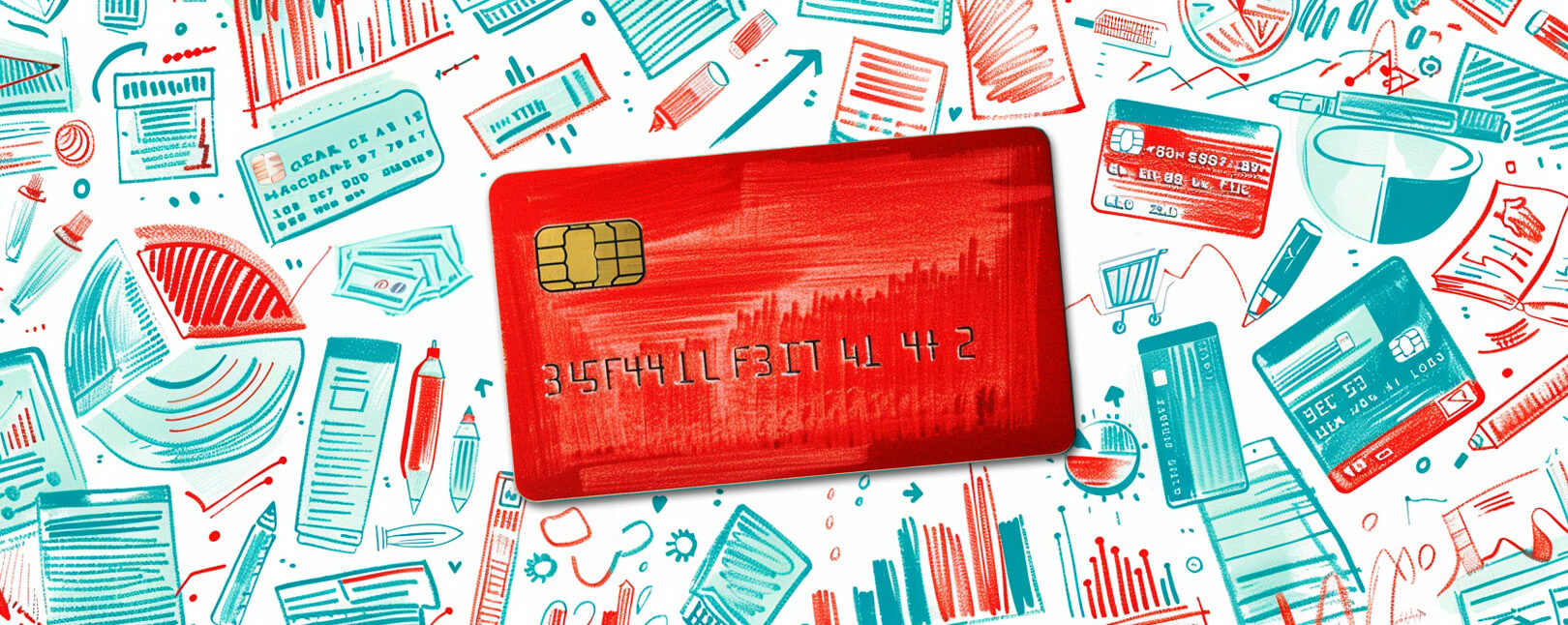Online Promo Abuse Is a Problem, but it Doesn’t Have to Be a “Cost of Doing Business”
Do you have a “coupon clipper” in your life? You know: that person who sits on the living room floor surrounded by mounds of newspapers and mailers, scissors flying, always looking for a few cents off on a needed product? You probably know one. You may even BE one.
Or, at least you might’ve been one in an earlier age.
Modern couponing isn’t quite like it was in the pre-digital age. Like so many other aspects of modern life, coupons have gone paperless. But, while digital promo codes work much the same as paper coupons, they do carry a distinct disadvantage: the system is way easier to abuse.
Today, we’re looking at promo abuse — what it is, how it works, and what you can do to ensure your next big promo is a profitable one.
Recommended reading
- Address Fraud: How Criminals Swap Addresses to Abuse Victims
- How do Banks Conduct Credit Card Fraud Investigations?
- What is Wardrobing? How Can Retailers Stop Refund Abuse?
- Key Credit Card Fraud Statistics to Know for 2024
- Scammers See Opportunity as March Madness Begins
- Man-in-the-Middle Attacks: 10 Tips to Prevent These Scams
What Is Promo Abuse?
- Promo Abuse
Promo abuse can refer to any situation in which customers take advantage of a business’s promotional offer, in a way which was not intended by the merchant, for the purpose of monetary gain.
[noun]/prow • mow • ə • bjuz/Coupons and promo codes are designed to attract new customers. Offering discounted products is a key part of a “loss-leader” strategy; you lose a little money by letting new users try a product or service at a discount, hoping this will lead them to become ongoing customers.
With physical coupons, the system worked fairly well. Buyers had to have the coupon to get the discount, and stores wouldn’t accept more than one at a time. Online, though, users have found loopholes to spoof the system and take advantage of promotional terms. Promo abuse can sap your campaign’s effectiveness, and you’ll see a considerably lower return on your investment.
People often use the terms “promo abuse” and “promo fraud” interchangeably, but some experts differentiate the two. Promo abuse usually involves consumers who are legitimately entitled to use a discount, but abuse the privilege by redeeming it repeatedly. Promo or discount fraud, in contrast, more often refers to criminal organizations that do the same thing on a large scale.
How Does Promo Abuse Work?
The most common element of promo abuse is the use of multiple accounts.
Here, the shopper has their own account but then opens other accounts with misleading information. For instance, they may use a name, phone number, email address, or other information tied to a spouse or child.
With that in place, the customer could use a “one-time only” code to obtain a second benefit, such as free delivery. In theory, the scam could be used indefinitely, so long as the customer continued to create new IDs.
Some users go even further. For example, let’s say you offer a reward to attract new business. You offer a discount code for new customers, plus a bonus discount for the person that referred them. A scammer might then “refer” a fake customer using a separate account, gaining the new-user discount and the referral bonus.
Of course, you probably won’t be able to differentiate abusers from customers trying to redeem a legitimate coupon code (not right away, at least). That means your stats could be severely skewed. Your cost per customer acquisition will be higher than initial numbers would suggest, making your campaign look more successful than it actually is. The problem compounds over time, making each new promotion less and less effective.
Common Targets for Promo Abuse
If there is even a tiny loophole in a promotion, someone will find it and use it to their advantage. That said, some promotions lend themselves to abuse more than others. For example:
How Does Promo Abuse Hurt Merchants?
Some merchants are not very concerned about promo abuse at all. They just consider it a “cost of doing business.” However, any retailer who isn’t concerned about promo abuse may not fully understand the problem.
Letting an existing customer take advantage of a discount that was not meant for them might not seem like a big deal. That’s the wrong way to view the situation, though.

As a case in point, consider the example of Uber user Blake Jareds. In 2014, he managed to get more than $50,000 in free ride credits from the company by simply modifying his promo URL. In another case, PayPal detected and shut down more than four million fake accounts on their platform that were created to take advantage of cash incentives for new accounts. This scam ultimately led to the company’s stock price falling by nearly 25%.
Those are anecdotal examples, but they point to a much larger problem. All totaled, experts project that promotion abuse costs the average merchant 1.2% of their revenue.
So, with that in mind, what can you do to actually stop promo abuse from happening?
Can Promo Abuse Be Prevented?
You should consider building anti-fraud practices into your campaign, right from the beginning. Whether it involves manual reviews or software tools, you should constantly monitor for signs of potential promo abuse, as well as other threats.
An order that is identical (or very close) to previous purchases, for example, should raise red flags. Examine the profile in question; if you find duplicate information, you’re likely looking at promo abuse in action.
Specific steps to help decrease promo abuse might include:
- Requesting additional identity verification on orders with suspicious aspects, such as those mentioned above.
- Lowering the promo benefit. A 5% discount will still entice legitimate customers, but is not as attractive to fraudsters as compared to a 25% discount.
- Checking customers’ IP addresses. An IP address with a disproportionate number of associated email addresses is a sign of abuse.
- Using geolocation to create different offers in different states, regions, or countries. Analyzing this information can help identify problem areas.
- Implementing more stringent rules and policies for promo code use, and limiting the window in which that code remains active.
- Creating complex, unique promo codes that are not SEO-friendly and which expire after a set time.
- Limiting the number of referrals, as well as the number of additional parties, that can be tied to a single account.
A More Comprehensive Approach
Note that many of the tactics outlined above are the same as those used in general fraud prevention. Like most second- and third-party fraud, you have to catch promo abuse at the point of order before the transaction takes place.
Promos are an effective tactic for attracting new customers, but you must be aware of the additional risk of misuse. Promo abuse needs to be taken seriously because of its potential impact on revenue and ROI.
Of course, combatting promo abuse is not, on its own, a complete fraud-prevention solution. Today’s merchants face a growing range of threat sources, including post-transactional first-party abuse. True fraud prevention and risk mitigation require a more comprehensive approach.
Chargebacks911® offers a true end-to-end technology platform that prevents more fraud, recovers lost revenue, and maximizes ROI. For more information, contact us today.
FAQs
What is promo abuse?
Promo abuse can refer to any situation in which customers take advantage of a business’s promotional offer, in a way which was not intended by the merchant, for the purpose of monetary gain.
Why is promo abuse prevention important?
The whole reason merchants offer promotions is to increase sales. The idea is usually to get as many new or inactive customers as possible to make purchases. When bad actors abuse promos, it can make them much less cost-effective, to the point where “loss-leaders” simply become losses.
Is promo abuse a victimless crime?
No. Using promo codes fraudulently causes businesses to lose money. When people take advantage of a promo without actually qualifying for the discounts, merchants lose potential profits from legitimate customers. Over the long haul, this will likely lead to higher prices for everyone.
How much do merchants really lose to promo abuse?
Experts estimate that promotion abuse costs businesses 1.2% of their revenue or more.













